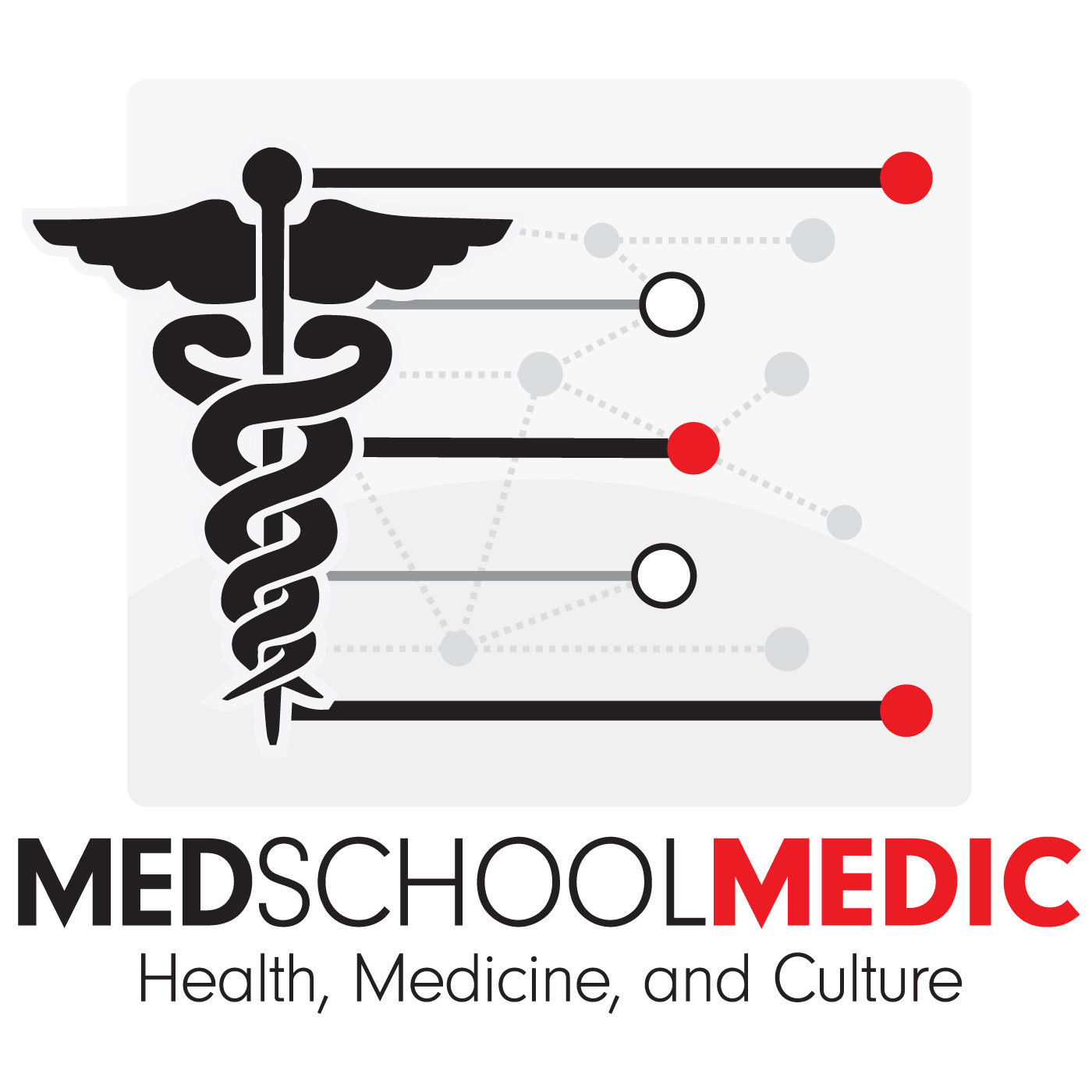Podcast: Play in new window | Download
Subscribe: Apple Podcasts | Google Podcasts | Stitcher | RSS
Do more paramedics lead to better outcomes? Generally speaking, we think that more is better. But that may not be the case.
Hagiwara, et al performed a prospective, observational study on patients experiencing put of hospital cardiac arrest. The study included 67 emergency hospitals, of which 36 were academic centers. The study enrolled more than 16,000 people, and the data set included 4448 patients, split into two groups. One group included one EMT in the ambulance during transfer. The second group included two or more EMTs. The patients that were excluded may be an important variable, as those in need of IV therapy or advanced airway management were excluded from the data.
When the data was finally gathered and analyzed, it was found that there was no significant difference in ROSC or in survival to hospital discharge between the two groups.
Advanced life support in Japan works slightly differently than it does in the United States. Providers that would be the equivalent to an EMT-I in the United States often attend to patients. Paramedics tend to patients, but are often reserved for more acutely ill patients.
The data for the presenting rhythms of the arrest are consistent with most national data in the United States. Specifically, approximately 9% of OHCA patients presented to EMS in VF.

 NBME Cancels Step 2 CS, medical students rejoice.
NBME Cancels Step 2 CS, medical students rejoice.  The Do-Nothing Break
The Do-Nothing Break  Episode 22- Dr. Jessica Molokie
Episode 22- Dr. Jessica Molokie
There are no paramedics in Japan, at least in the US sense, and Japanese paramedics are not even close to the US EMT-Intermediate skill set. Most ALS skills are reserved for physicians by law and many areas have added physician field response “doctor cars” in the past few years. Any study comparing “paramedics” in a global context must take into account the actual skill set and not compare them to “paramedics” elsewhere in the world.
http://www.japantimes.co.jp/opinion/2006/03/29/editorials/japans-paramedics-in-a-straitjacket/#.WVGtoxP1CHo http://www.tfd.metro.tokyo.jp/lfe/kyuu-adv/medic.htm
That’s a fair response Scot. You’re right. Apples to apples comparisons will always be best. I was interested in the absence of difference in outcomes when it came to crew size. I’m interested if there is any data pertaining to American paramedics v. outcomes. I’ll do a lit search and report what I find. I’d love any additional input you have!